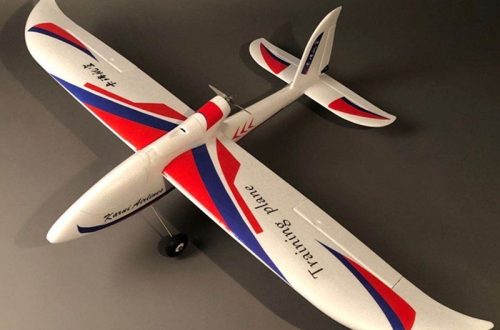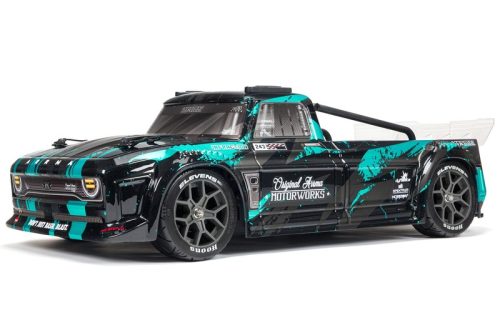Part 1: The Art of Toy Artistry
Toy artistry is the creative practice of crafting unique and original toys from everyday materials. This form of art allows individuals to express their creativity and imagination through the creation of one-of-a-kind toys. Here are two key points that highlight the art of toy artistry:
1. Personal Expression:
Toy artistry empowers individuals to unleash their imagination and express their distinctive vision, offering a boundless platform for creative exploration. Through the utilization of everyday materials such as cardboard, fabric, plastic, and various household items, artists are able to breathe life into their designs, crafting toys that intricately mirror their unique style and artistic flair. This innovative approach to toy making enables creators to transform humble materials into captivating and original toys that embody their personal creativity.

Whether it involves fashioning a handcrafted doll exuding personality and charm, engineering a customized action figure with intricate details and individuality, or conjuring a whimsical stuffed animal brimming with character, toy artistry provides a limitless canvas for the manifestation of imaginative concepts and expressive designs. This medium stretches the boundaries of what constitutes a toy, giving rise to an array of diverse and compelling creations that reflect the distinct vision of each artist. By embracing toy artistry, individuals are able to experiment, innovate, and realize their imaginative potential, creating toys that are not only unique to their creator but also possess the power to inspire, captivate, and enchant those who encounter them.
2. Sustainable and Eco-Friendly:
One of the significant advantages of toy artistry is its focus on sustainability and eco-friendly practices. By repurposing and upcycling materials that would otherwise end up in landfills, toy artists can create environmentally conscious toys. This not only reduces waste but also encourages a more sustainable approach to toy production. Toy artistry promotes the idea of reusing materials to create new and unique toys, contributing to a greener and more eco-friendly way of making and enjoying toys.
Part 2: The Crafting Process
The process of creating toys through artistry involves a combination of creativity, craftsmanship, and skill. From conceptualizing an idea to bringing it to life, toy artists engage in a meticulous crafting process that results in one-of-a-kind creations. Here are two key points that illustrate the crafting process of toy artistry:
1. Conceptualization and Design:
Toy artistry commences with the pivotal stage of conceptualization and design, an integral phase where artists immerse themselves in the imaginative process of bringing their creations to fruition. During this initial stage, artists engage in meticulous brainstorming sessions, allowing their creativity to flow as they envisage the characteristics and attributes of their envisioned toys. This involves the use of sketching, modeling, and experimenting with various materials, each contributing to the crystallization of the artistic vision.
Whether it entails meticulously designing the features of a custom action figure or delicately crafting patterns for a handmade plush toy, this phase plays a pivotal role in defining the character and aesthetic appeal of the toy. Through this process, artists have the opportunity to explore different concepts, refine their designs, and experiment with a myriad of creative techniques. This ultimately shapes the unique identity and visual allure of their handcrafted toys. This stage serves as the foundation upon which the entire creative journey is built. It sets the tone for the subsequent phases of crafting and sculpting. It showcases the vital role of the design stage in shaping the artistic vision and character of each handmade creation.

2. Hands-On Crafting:
Once the design phase is complete, toy artists begin the hands-on crafting process. This involves cutting, sewing, painting, and assembling the materials to create the toy. Whether it’s hand-stitching a fabric doll or sculpting a figurine from polymer clay, this stage requires patience, precision, and attention to detail. Toy artists often utilize a variety of tools and techniques to bring their creations to fruition, ensuring that each toy is crafted with care and dedication.
Part 3: Diverse Forms of Toy Artistry
Toy artistry encompasses a wide range of creative possibilities, from traditional handmade toys to modern custom figurines and sculptures. There are various forms of toy artistry that showcase the diversity and versatility of this art form. Here are two key points that highlight the diverse forms of toy artistry:
1. Handmade Plush Toys:
Handmade plush toys are a popular form of toy artistry that involves creating soft, cuddly, and whimsical creatures from fabric and filling materials. Toy artists use their sewing skills to design and craft plush toys in a variety of shapes, sizes, and styles. Whether it’s a cute animal, a fantasy creature, or a cartoon character, handmade plush toys offer a unique and personalized alternative to mass-produced stuffed animals.
2. Custom Action Figures:
Custom action figures are another form of toy artistry that involves creating unique and personalized figurines based on original characters or existing properties. Toy artists use sculpting, molding, and painting techniques to customize the appearance and details of the action figures. Whether it’s a superhero, a movie character, or an original creation, custom action figures showcase the creativity and craftsmanship of toy artists in bringing to life intricate and detailed figurines.

Part 4: The Impact of Toy Artistry
Toy artistry has made a significant impact on the arts and crafts community, offering a platform for artists to showcase their talents and creativity. This form of art has also contributed to the promotion of sustainability and the appreciation of handmade and original toys. Here are two key points that discuss the impact of toy artistry:
1. Promoting Creative Expression:
Toy artistry serves as a gateway for individuals to embark on a journey of creativity. It offers a platform for them to express themselves through the creation of unique and original toys. This artistic pursuit provides a space for creators to showcase their skills and vision. It enables them to unleash their creativity and bring their imaginative ideas to life. Through the process of toy artistry, artists are encouraged to push the boundaries of traditional toy making. They explore innovative concepts and unconventional designs that embody their artistic flair.
This artistic freedom fosters a sense of individuality. It allows artists to infuse their distinctive style and personality into their creations. It ultimately produces toys that are a reflection of their unique creative expression. By showcasing the diverse and imaginative range of handmade toys, toy artistry inspires others to embrace their own artistic talents. It also encourages them to engage in the joy of crafting original toys. This fosters a community of creators who are passionate about exploring the limitless possibilities of artistic expression through toy making.
2. Fostering Appreciation for Handmade Creations:
In a world dominated by mass-produced toys, toy artistry promotes an appreciation for handmade and original creations. By showcasing the craftsmanship and attention to detail that goes into each toy, this form of art encourages consumers to value the uniqueness and personal touch of handmade toys. Toy artistry fosters a sense of connection between the creator and the consumer, as each handmade toy tells a story and reflects the passion and dedication of the artist.
In conclusion, toy artistry is a captivating form of art that allows individuals to unleash their creativity and ingenuity through the crafting of unique and original toys. From handcrafted plush toys to custom action figures, toy artistry offers a diverse range of creative possibilities. This form of art not only promotes personal expression and sustainability but also inspires a greater appreciation for handmade and original toys in today’s mass-produced market. Through the art of toy artistry, individuals can engage in a fulfilling and imaginative practice that celebrates the joy of creating and sharing one-of-a-kind toys.




